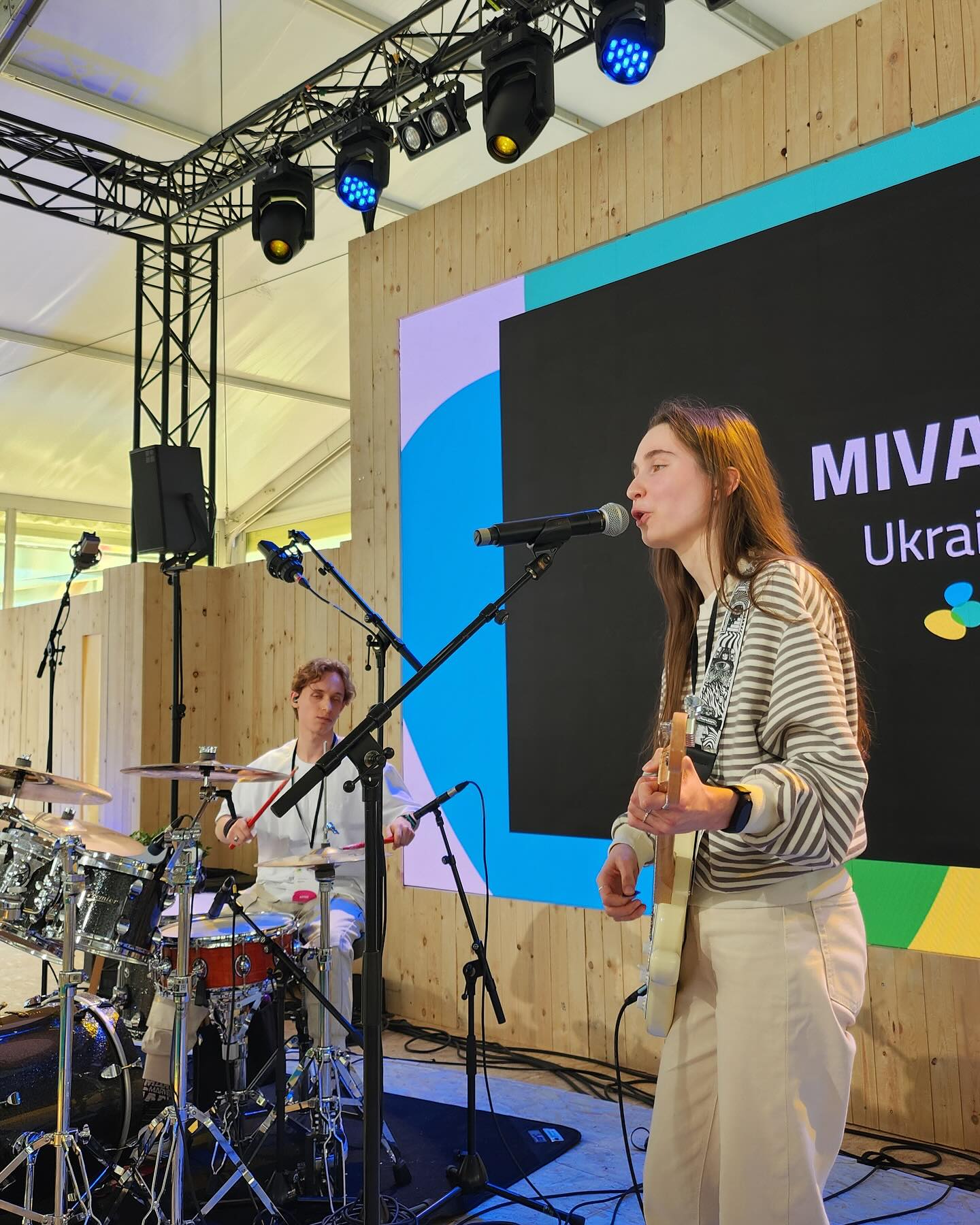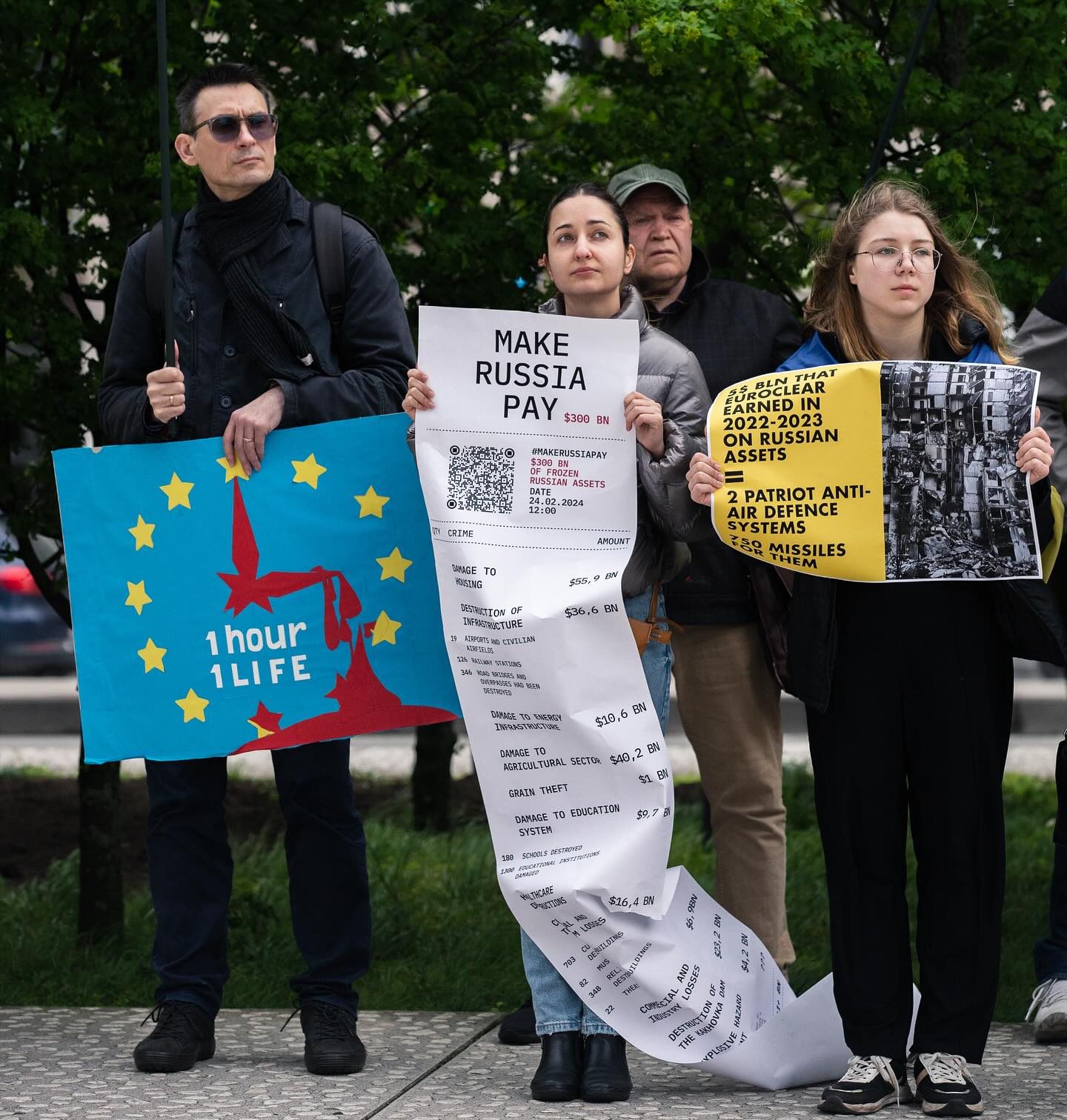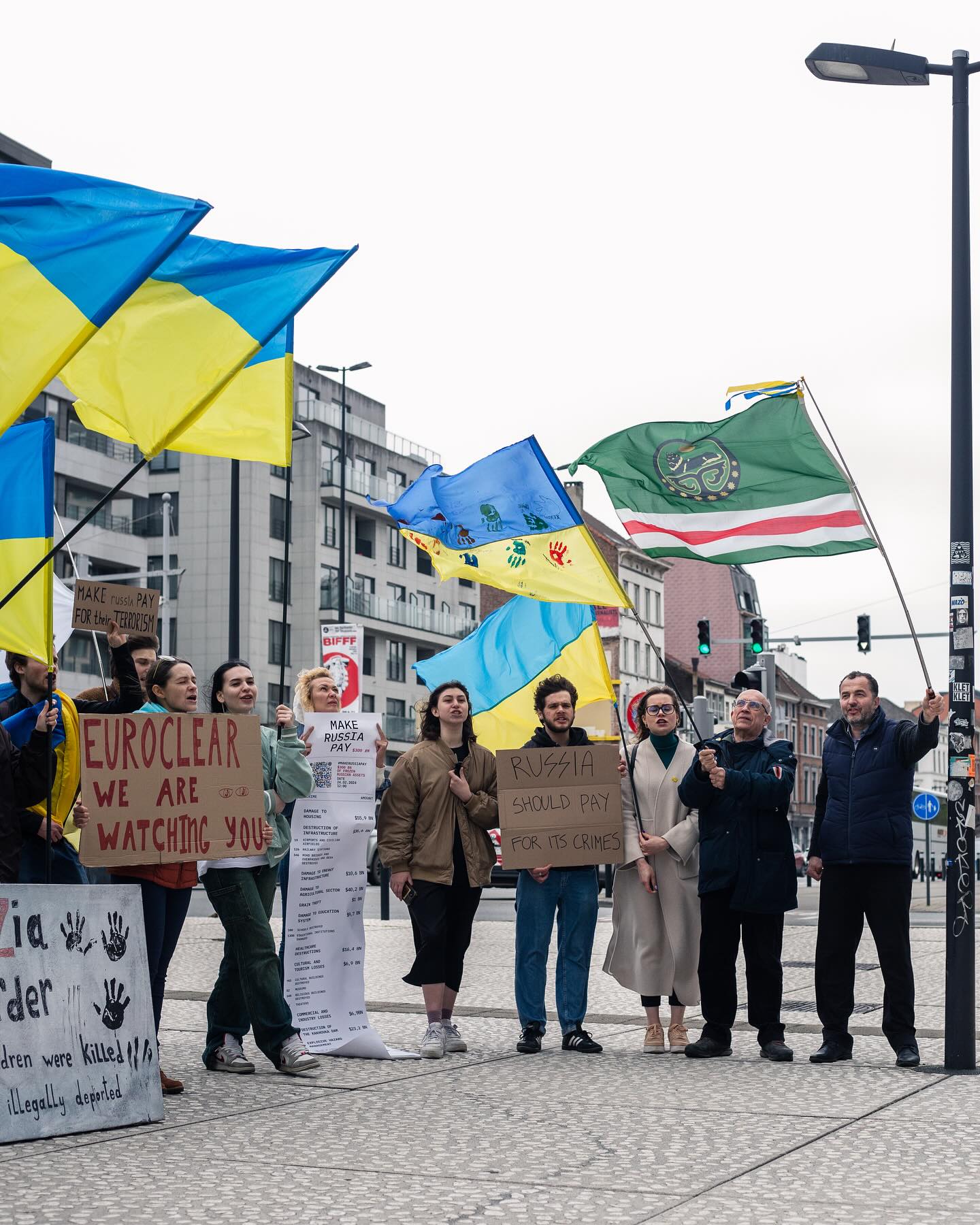The perspective for a global cyber-war is becoming more real than ever. More and more countries are creating cyber-divisions within their armies, and, within media, notifications of cyber-attacks on objects of critical infrastructure are becoming more frequent. Expressions such as the ‘weaponization of thoughts’ and ‘cyber-weapons’ are entering the everyday lexicon of experts and human rights activists alike.
Within the context of cyber-wars, Russia is perhaps the country that is most heard of. Despite having outdated technologies, compared to the West, Russia’s ability to conduct cyber-operations and informational warfare should not be underestimated. In the last 10 years, almost every country located within the orbit of Russian political interests has been a victim of Russian meddling. Cyber-attacks, informational and propaganda operations, attacks on objects of critical infrastructure, bribing, and intimidation of political opponents are repeatedly brought to light by NGOs, authorities and the victims themselves. Exactly this was talked about during the conference – Behind the Digital Curtain: Civil Society vs. State-Sponsored Cyber-attacks – organized by the NGO Promote Ukraine this summer in Brussels.
Although certain experts do argue that this relatively new military doctrine did not bring anything new. The only thing that separates the ways in which Russia conducts its operations nowadays as opposed to the way in which it conducted operations during the Cold War is the abundance of new technology, specifically speaking – the emergence of cyber-weapons. In this case, it is correct to call Russian aggression against sovereign states as an act of Hybrid warfare, a large part of which is played by cyber-soldiers. These soldiers are used in almost every possible way when conducting hybrid war.
With the invention of the internet in 1983 and its rapid development, Russia faced hard times as the information flows on the internet were hard to control. Russian special operations had to search for new solutions to combat these new challenges. And one of these solutions was a change in thought – if you cannot overcome something, then you have to tame it. Following this, the rapid development of Russian hacker activity began in 1998 – a period of crisis when a lot of programmers were left unemployed. They were thus used by the government and transformed into hackers working for the Kremlin or “hacktivists”.
The first massive hacker groups began to appear in the 2000s. They are now known as APT28 and APT29 (Advanced Persistent Threat 28 and 29) and are mostly known for conducting cyber espionage and stealing data. In fact, German special operations forces accused APT28 of hacking into the Bundestag. Furthermore, hackers from the same group are also responsible for attacking the French TV station TV5Monde, as a result of which the channel stopped broadcasting for a couple of hours (in addition, the symbol of ISIS was displayed on the website of the news channel).
APT29 was first taken notice of in 2015 when the group got into the US White House, Department of State and the Joint Chiefs of Staff. After this, cyber-wars were talked about throughout the world.
According to experts, in the last 20 years, Russia had meddled into the election processes of almost 30 different countries. Especially countries located within the orbit of Russian interests such as Ukraine, Georgia and other EU countries were no left untouched.
In the case of the Ukrainian presidential elections in 2019, Russia did not have a favorite candidate. Thus, Russian hackers attempted to discredit the electoral process as a whole rather than target any specific candidate – or so agree most experts. However, during the parliamentary elections 2 months later, there was a favorite candidate and that candidate managed to end up in second place, although with significantly fewer votes than Zelensky’s party. In the case of the European Union, it is important to note that during the European parliamentary elections, there was a serious threat of the emergence of Eurosceptics or far-right and far-left radicals with whom the Kremlin is openly friendly with.
So, what are the methods and tools employed during hybrid wars? We were able to understand a lot about such tools from the Surkov Leaks.
Experts, working on this question for a long time, reveal that there are multiple steps or phases one has to take into account before being able to seize power in sovereign states:
-
The search for contacts and access points.
Within Ukraine, there are many oppositionists who are friendly with the Kremlin. Accordingly, the day before Ukrainian parliamentary elections, these oppositionists actively campaigned on the basis of lowering the price for gas between Russia and Ukraine. Within Europe, parties like Marine Le Pen’s National Front (Rassemblement National) and the Alternative For Germany (AfD) also have a friendly outlook towards Russia.
-
The financing of loyal politicians to the Kremlin.
As evidenced by the Surkov Leaks, it is crucial to understand that there has been financing, on the part of Russia, of certain parties during the local elections in Ukraine in 2015. In the case of Europe, such financing is witnessable in the 9 million euros Marine Le Pen received from the Kremlin.
-
Strategic cooperation with these partners.
An example of which is the abovementioned arrangement for lowering gas prices.
-
Discreditation of opponents.
Witnessable in the discreditation of authorities and the demonstration of the incompetence of said authorities in being able to defend their people. This is where cyber-operations, such as hacking opponents, become a reality.
-
Soft change in power – the rise of politicians loyal to the Kremlin.
In its time, this is how Yanukovych managed to rise to power and at present, we are observing the rise of similar forces in Austria, Greece, Moldova and other countries.






 UA
UA FR
FR DE
DE




